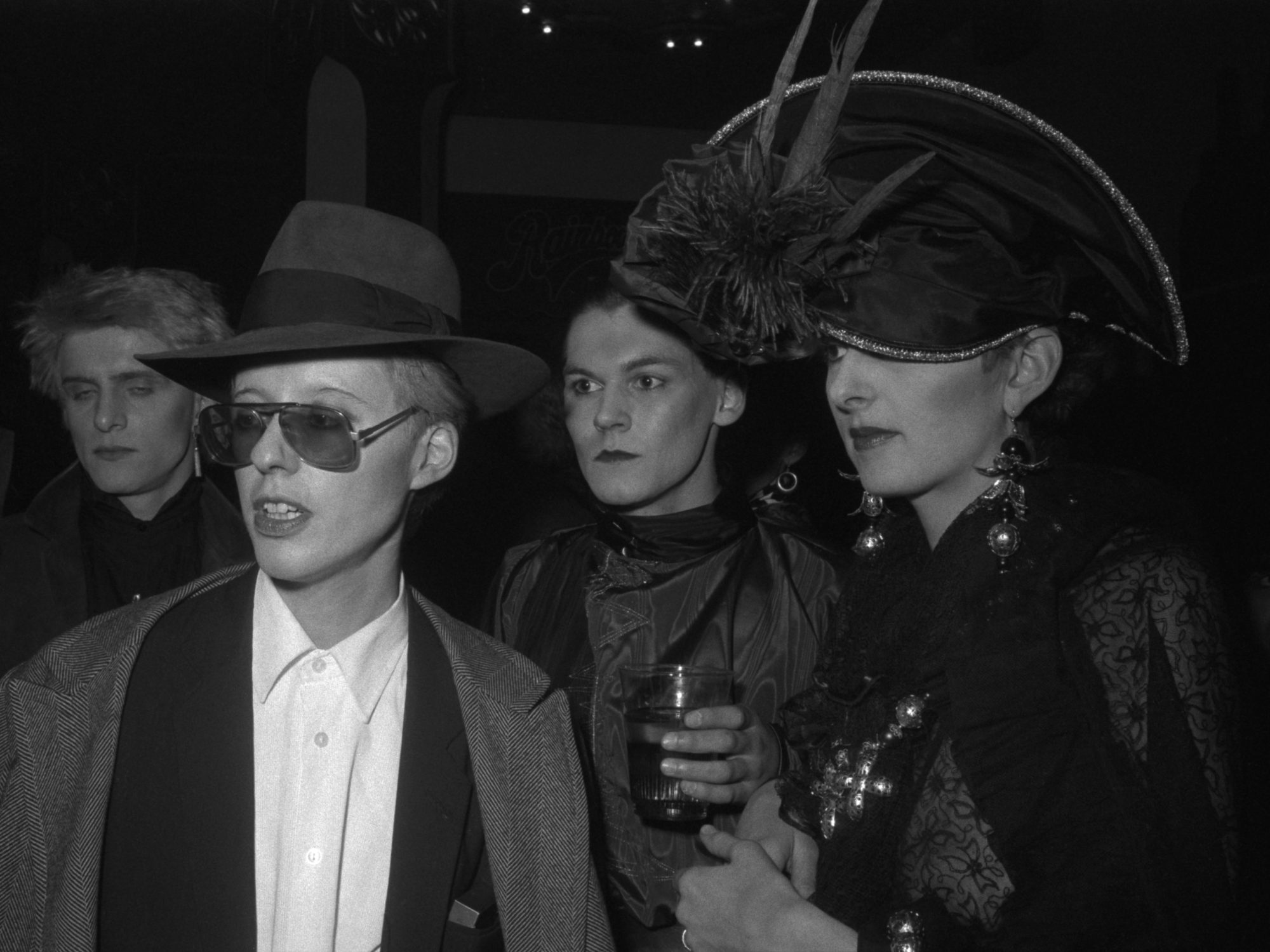We recently acquired an archival goldmine at the Arke studio: an all but forgotten issue of Time Magazine – the international version – from 24 October, 1983. On the cover is a classic Punk: fishnet shirt, spiky hair, and studded armbands. The feature story is of “The Tribes of Britain.” From Sloane Rangers (which Princess Diana belonged to), to Punks, the article briefly covered most of the major style tribes that Britain is famous for. Or was.

Many of them never made it across the pond to the Americas, except to those of us who were ‘in the know’ so to speak. And even then some found a solid footing in Canada but were unknown in the States.
So now, over thirty years later, we decided to bring our list of the 5 perhaps obscure style tribes that may need a resurgence today.
1 – Teddy Boys

Posh velvet clothes and fifties pompadours, this uniquely British style tribe has been around for decades – perhaps longer than any other. Drawing inspiration from the Edwardian period of English history, with long drape jackets and tapered trousers, they looked like walking anachronisms, even in the 1950s. Teds are often confused with rockabilly fans due to their love of American Rock-n-roll and DA haircuts. But it’s important to remember that they were a very different culture, entirely British and entirely unique.
2 – Mods

Popularised by the Who in their epic Quadrophenia, Mods are possibly the most well known British style tribe outside of Punks. With a focus on music and fashion, the Mods wore tailored suits and rode scooters – Vespas and Lambrettas mostly. Parkas were in order, adorned with pins and Union Jacks, and trying to be The Face was every Mod’s dream. Coming from poor and working class neighbourhoods, the Mods strove to elevate themselves to a higher class and flash through their looks. The film Quadrophenia pretty much nails the scene to tee.
3 – La Sapeurs

La Sape, or Société des Ambianceurs et des Personnes Élégantes is a style tribe from the Republic of Congo. Dressed in the overdone couture of European dandies, the Sapeurs used fashion to fight colonialism. Originally taking their colonial masters’ discarded clothes and making them their own, the young men created their own style culture that transcends their oppressors. In post-colonial Congo, the Sapeurs are still a unique and important part of the country’s subculture.
4 – Paninari

Like most style tribes, the Paninari were a product of their environment. And just like Mods and Sapeurs, the Paninari drew influence from a certain hedonistic desire to elevate themselves to a higher class. But in their case, the higher class was one of consumerism and near crass commercialism. Coming from wealthier backgrounds, the Paninari were able to afford brand names – and they showed it. Rolled up Armani jeans and name brand boots, along with brightly coloured parkas and shades were the look. The name came from a fast-food sandwich bar in the centre of Milan – Al Panino. They were popularised, however briefly, in the Pet Shop Boys song “Paninero”
5 – New Romantics
Yet another British creation, the New Romantics were arguably the most known around the world, thanks to the heavy rotation of popular bands on MTV. From Adam Ant to Duran Duran to early Spandau Ballet, the New Romantics were very visible, even for their short time. Looking back to look forward, the New Romantic movement drew inspiration from the 60s, the 40s, and the 20s (whether the decades came from the 1900s or 1700s). Centered around the Blitz Club in Covent Garden, the scene combined the modern, colourful makeup and hairstyles of the 1980s with fashions of the past. People often mistakenly confused these dandy young turks with New Wavers, those rat-tailed, Police-listening, and army-jacket wearing pop-kids.


